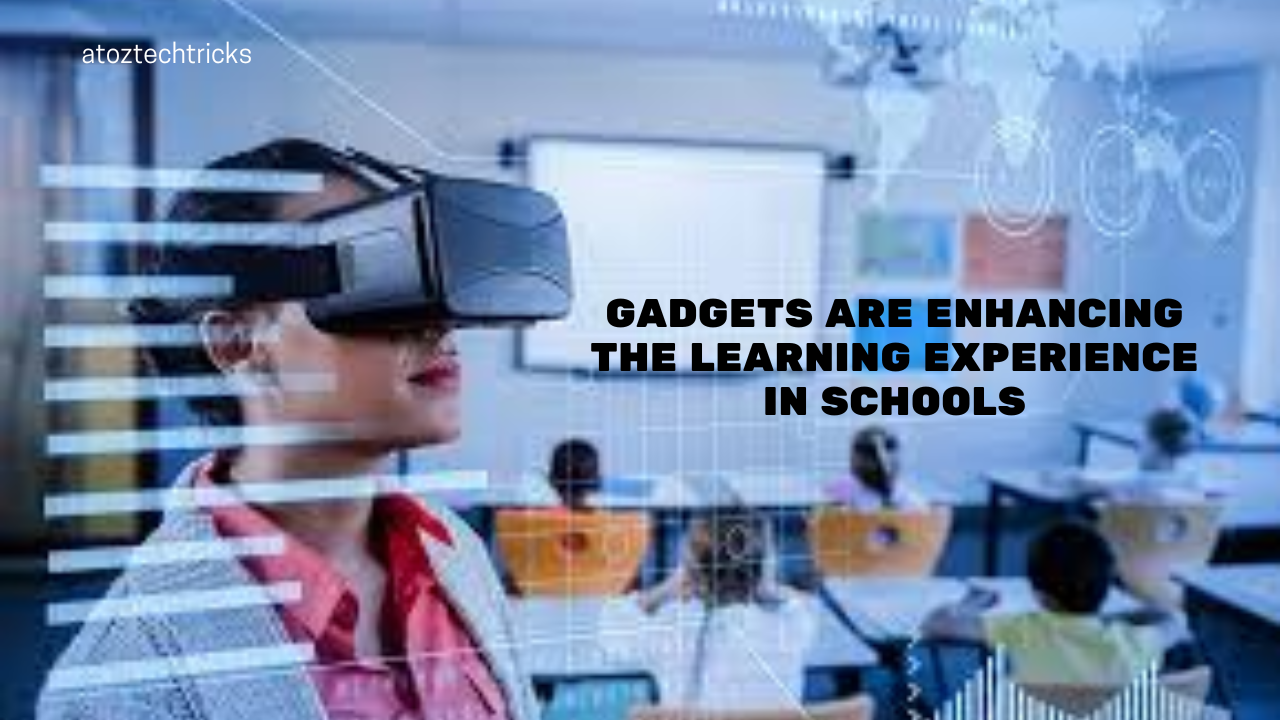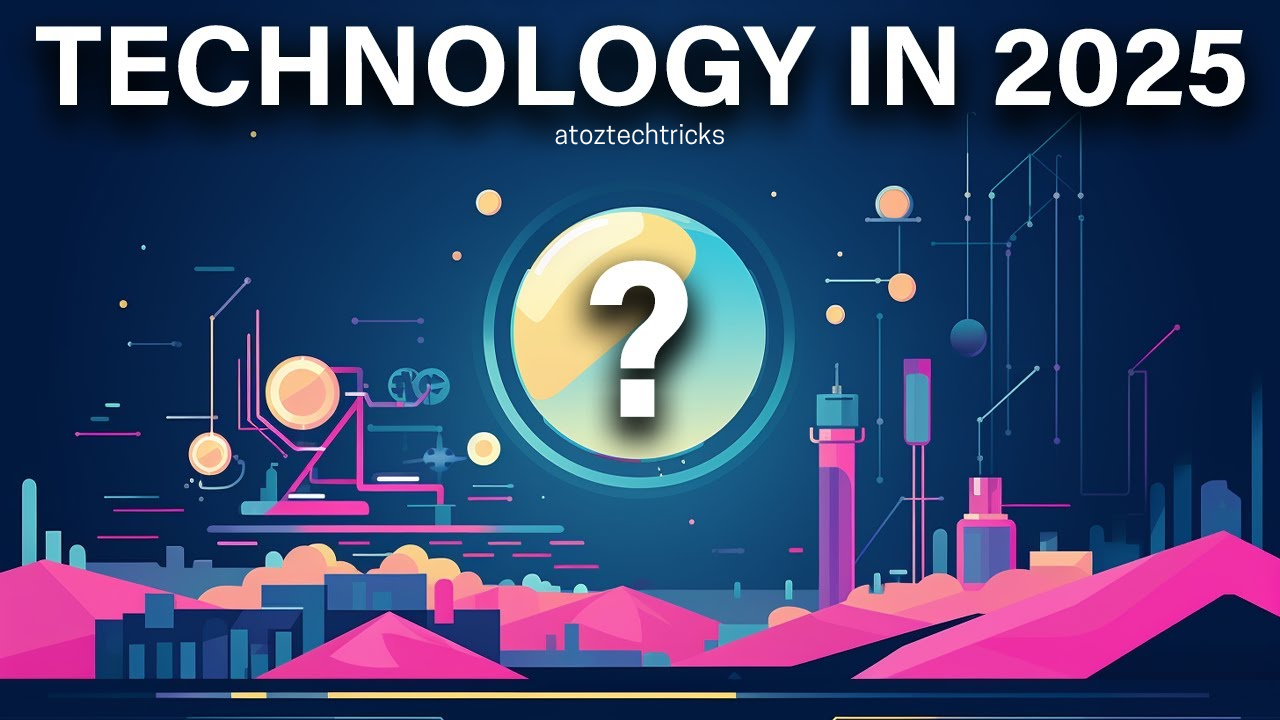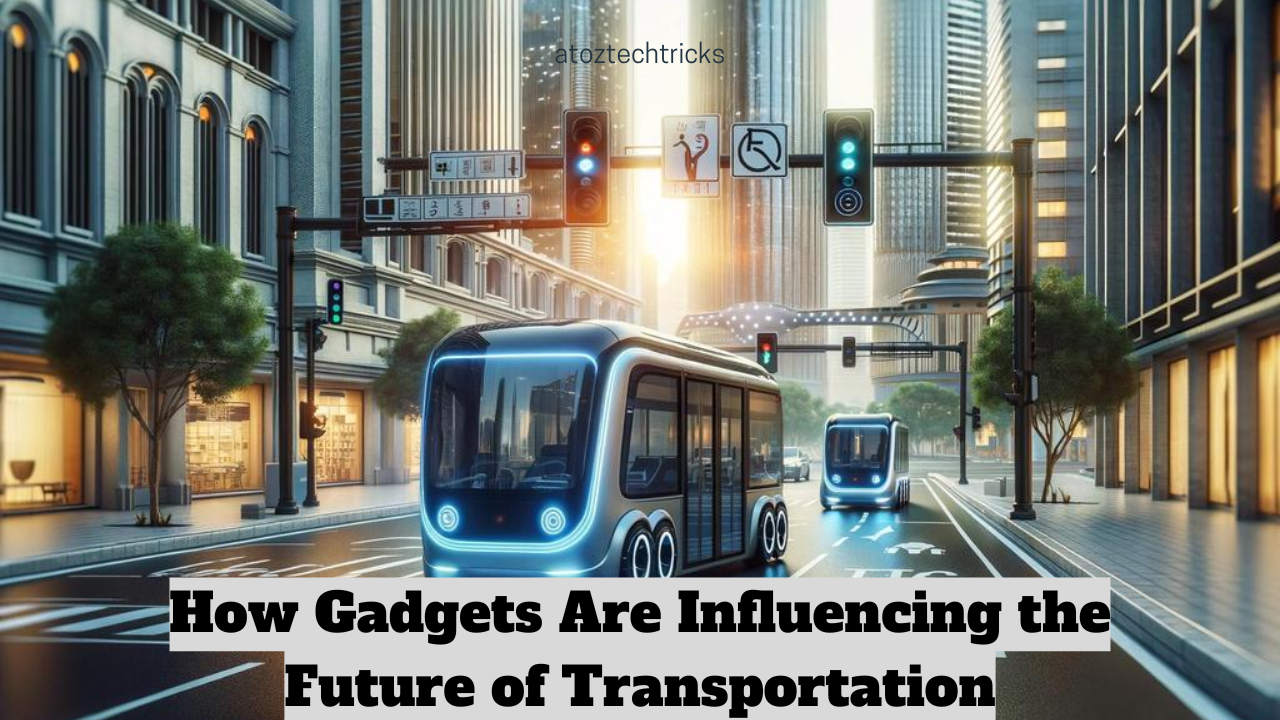In today’s fast-paced world, technology is no longer just a tool but an integral part of our daily lives. This shift is profoundly impacting education, where gadgets are becoming essential in enhancing the learning experience in schools. From interactive whiteboards to virtual reality headsets, these innovations are transforming traditional teaching methods and creating dynamic, engaging, and personalized learning environments. This article explores how gadgets are revolutionizing education, their benefits, and the challenges they present.
The Evolution of Educational Technology
Educational technology has come a long way from the days of chalkboards and overhead projectors. Early technological tools, such as radio and television broadcasts, were groundbreaking at their time but limited in their interactivity. The advent of computers in classrooms marked a significant shift, introducing students to digital learning resources and educational software.
Today, the landscape of educational technology has expanded significantly, encompassing a wide range of gadgets and tools designed to support and enhance learning. These include tablets, laptops, smartboards, interactive apps, and emerging technologies like virtual and augmented reality. Each of these gadgets offers unique advantages and contributes to a more interactive and effective learning experience.
Interactive Whiteboards: Revolutionizing Classroom Interaction
Interactive whiteboards (IWBs) have become a staple in many modern classrooms. Unlike traditional whiteboards, IWBs allow teachers and students to interact directly with the content displayed. This interaction can include writing, drawing, and manipulating objects on the screen.
Advantages of Interactive Whiteboards
- Enhanced Engagement: IWBs captivate students’ attention through interactive elements and multimedia content. Teachers can incorporate videos, animations, and interactive quizzes into their lessons, making the learning process more engaging and dynamic.
- Improved Collaboration: IWBs facilitate group work and collaboration. Students can come up to the board to solve problems, contribute ideas, and work together on projects, fostering a collaborative learning environment.
- Instant Feedback: Teachers can use IWBs to conduct real-time assessments and quizzes. Instant feedback helps students understand their mistakes and grasp concepts more effectively.
Challenges and Considerations
- Technical Issues: IWBs are reliant on technology, which can sometimes malfunction or experience technical issues. Schools need to ensure proper maintenance and technical support to address these problems.
- Training and Adaptation: Effective use of IWBs requires training for teachers. Educators must be familiar with the technology to maximize its potential and integrate it seamlessly into their teaching strategies.
.png)
Tablets and Laptops: Personalized Learning at Your Fingertips
Tablets and laptops have revolutionized the way students access information and engage with learning materials. These gadgets provide students with personalized learning experiences tailored to their individual needs and preferences.
Benefits of Tablets and Laptops
- Access to Digital Resources: Tablets and laptops give students access to a vast array of digital resources, including e-books, educational apps, and online research tools. This wealth of information supports diverse learning styles and needs.
- Interactive Learning Apps: Educational apps available on tablets and laptops offer interactive learning experiences. Apps that focus on subjects like math, science, and language arts provide students with interactive exercises and games that reinforce classroom learning.
- Facilitation of Remote Learning: In recent years, tablets and laptops have become essential for remote learning. These devices enable students to attend virtual classes, submit assignments online, and collaborate with peers from anywhere in the world.
Challenges and Considerations
- Digital Distractions: Tablets and laptops can also be sources of distraction. Students may be tempted to use social media or play games instead of focusing on their studies. Schools need to implement measures to minimize distractions and ensure that technology is used for educational purposes.
- Equity and Access: Ensuring that all students have access to tablets and laptops can be challenging, particularly in schools with limited resources. Schools must address issues of equity to ensure that all students benefit from these technological advancements.
Virtual and Augmented Reality: Immersive Learning Experiences
Virtual reality (VR) and augmented reality (AR) are among the most exciting developments in educational technology. These immersive technologies create new opportunities for experiential learning by simulating real-world environments and scenarios.
Benefits of VR and AR in Education
- Enhanced Understanding of Complex Concepts: VR and AR can make abstract concepts more tangible. For example, VR can take students on virtual field trips to historical sites, while AR can overlay digital information onto physical objects, helping students visualize complex processes and systems.
- Interactive and Engaging Learning: VR and AR offer highly interactive experiences that engage students in a way traditional methods cannot. For instance, VR simulations can place students in a virtual laboratory where they can conduct experiments, while AR apps can turn textbook illustrations into 3D models.
- Catering to Different Learning Styles: These technologies cater to various learning styles by providing visual, auditory, and kinesthetic experiences. This diversity helps accommodate students with different learning preferences and needs.
Challenges and Considerations
- Cost and Accessibility: Implementing VR and AR in schools can be costly. The technology requires specialized equipment and software, which may not be affordable for all educational institutions. Schools must consider these costs when planning their technology investments.
- Technical Expertise: Effective use of VR and AR requires technical expertise. Teachers need training to integrate these technologies into their lessons effectively and troubleshoot any issues that arise.
How to Choose the Right Gadgets for Your Needs: A Buyer’s Guide
Gamification: Making Learning Fun and Effective
Gamification involves incorporating game-like elements into educational activities to make learning more engaging and motivating. Gadgets such as educational games and gamified apps are increasingly used to enhance student learning.
Benefits of Gamification
- Increased Motivation: Gamification introduces elements like rewards, challenges, and leaderboards that motivate students to engage with learning materials. This approach can make learning feel more like a fun and rewarding activity.
- Encouragement of Persistence: Educational games often include levels and challenges that require students to persist and overcome obstacles. This encourages a growth mindset and resilience, important qualities for academic and personal success.
- Development of Problem-Solving Skills: Many educational games involve puzzles and problem-solving tasks that help students develop critical thinking and analytical skills. These skills are transferable to other areas of learning and life.
Challenges and Considerations
- Balance with Traditional Learning: While gamification can enhance learning, it should be balanced with traditional instructional methods. Overemphasis on games may lead to a lack of focus on foundational skills and knowledge.
- Potential for Overreliance: Relying too heavily on gamified learning can lead to students expecting constant rewards and immediate feedback. Teachers must ensure that gamification is used as a supplementary tool rather than the primary method of instruction.

Digital Assessments and Feedback: Streamlining Evaluation
Gadgets also play a crucial role in digital assessments and feedback, streamlining the evaluation process and providing timely insights into student performance.
Benefits of Digital Assessments
- Efficiency and Accuracy: Digital assessments can be administered and graded quickly, providing immediate feedback to students. This efficiency reduces the administrative burden on teachers and allows them to focus more on instruction.
- Data-Driven Insights: Digital assessments generate valuable data that can be used to track student progress and identify areas of improvement. Teachers can use this data to tailor their instruction and support individual student needs.
- Flexibility and Accessibility: Digital assessments can be taken from various locations and devices, making it easier for students to complete their assignments and for teachers to manage assessments.
Challenges and Considerations
- Technical Issues: Digital assessments are subject to technical issues such as connectivity problems or software glitches. Schools must ensure reliable technology and support to address these challenges.
- Privacy and Security: Handling student data requires careful attention to privacy and security. Schools must implement robust measures to protect sensitive information and comply with data protection regulations.
The Future of Gadgets in Education
As technology continues to advance, the future of gadgets in education looks promising. Innovations such as artificial intelligence (AI) and machine learning are poised to further enhance the learning experience by providing personalized instruction and adaptive learning platforms.
Potential Future Developments
- AI-Powered Tutoring: AI can provide personalized tutoring and support, adapting to each student’s learning pace and style. This technology can help address individual learning gaps and provide targeted feedback.
- Advanced VR and AR Experiences: Future developments in VR and AR may offer even more immersive and realistic learning experiences. Enhanced simulations and interactive environments could transform how students learn about complex subjects and historical events.
- Wearable Technology: Wearable gadgets, such as smartwatches and fitness trackers, may play a role in education by monitoring student health and engagement. These devices could provide insights into students’ physical and emotional well-being, supporting a more holistic approach to learning.
Gadgets are revolutionizing the educational landscape by enhancing the learning experience in schools. From interactive whiteboards and tablets to VR and AR, these technologies offer numerous benefits, including increased engagement, personalized learning, and interactive experiences. However, their implementation also presents challenges, such as technical issues, cost, and the need for teacher training.
As technology continues to evolve, the potential for gadgets to transform education is immense. By embracing these innovations and addressing the associated challenges, schools can create dynamic and effective learning environments that prepare students for success in an increasingly digital world. The future of education is bright, and gadgets will undoubtedly play a central role in shaping it.



